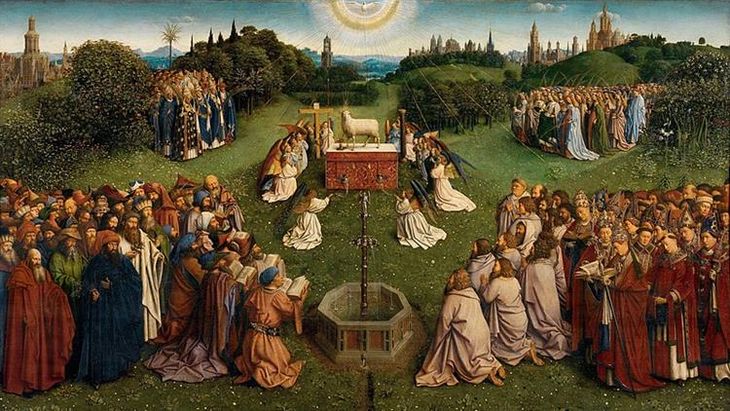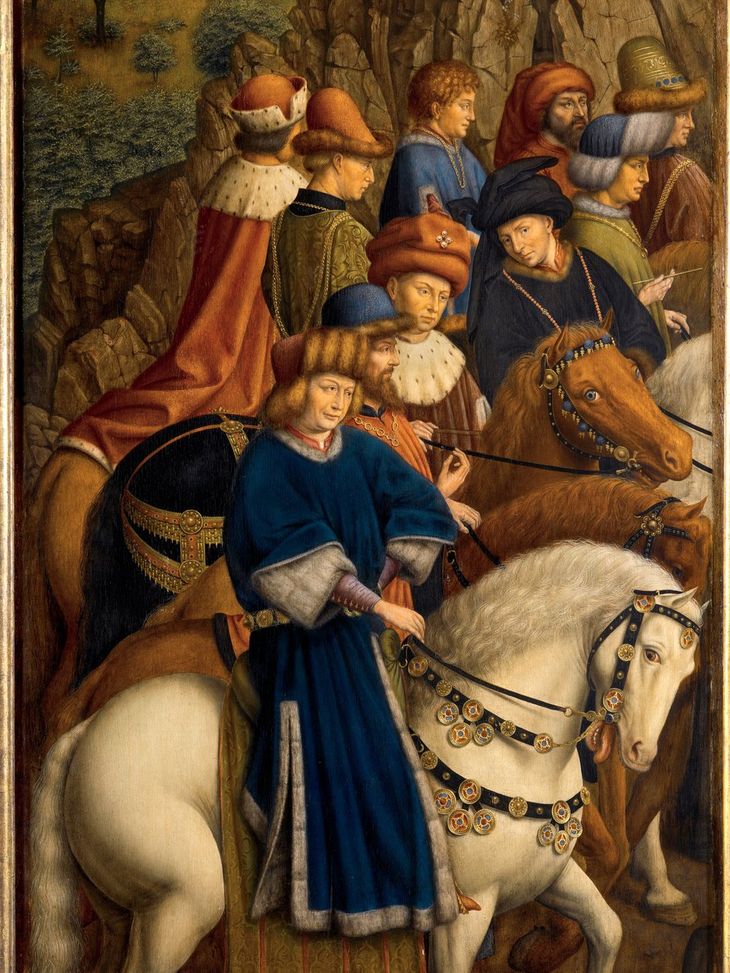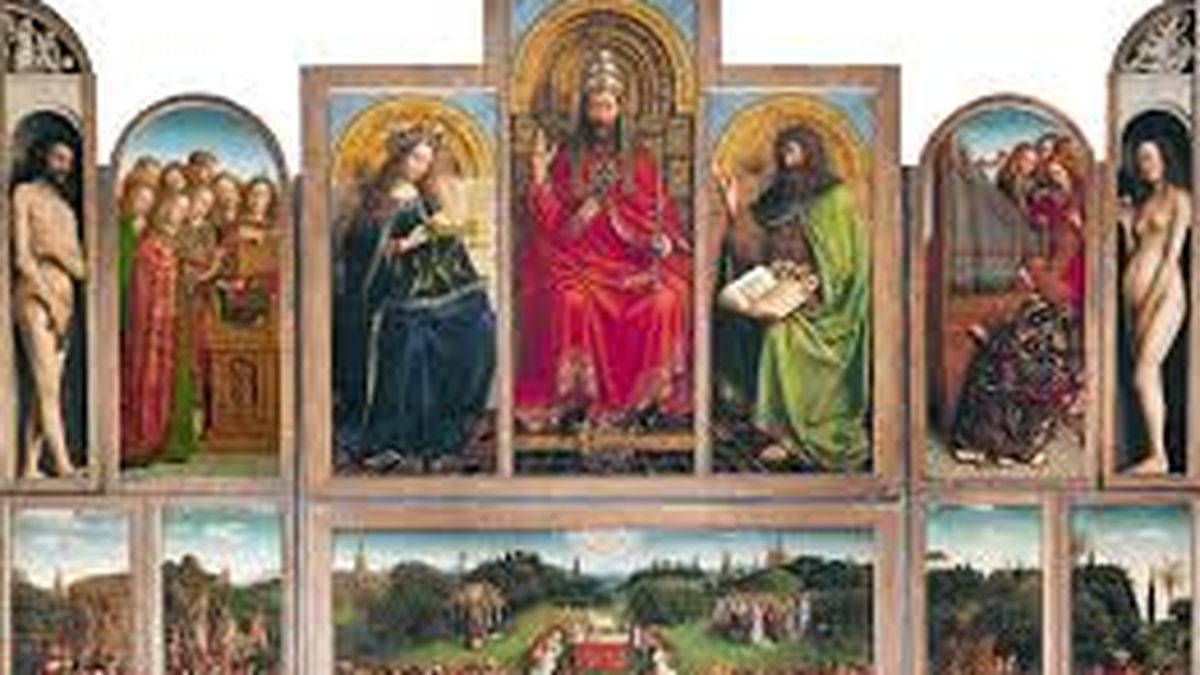Titled the Adoration of the Mystic Lamb, this was a piece ahead of the Renaissance era. The story behind his thefts.
The works of art They are objects of infinite value for culture, art and world history. Through them we can learn about historical facts, intimacies, secrets and much more. However, Adoration of the Mystical Lamb It was not only popular for its beauty, but it also holds the first place in most stolen paintings in history.
The content you want to access is exclusive to subscribers.
This piece is a polyptych of twelve oil panels made by the brothers Hubert and Jan van Eyckcommissioned by Joos Vyd and his wife, Elisabeth Borluut. Furthermore, it was designed for the church of Saint John of Ghent (current St. Bavo’s Cathedral), where it still remains.


What the Ghent Polyptych is like
The Ghent Polyptych is one of the largest altarpieces in northern Europe, with a size 340 x 440cm. The central theme is the biblical narrative about the redemption of man through the sacrifice of Jesusoffering a reading of Christian Theology from the Annunciation (on the outside) to the Adoration of the Lamb (on the inside).
ghent polyptych 2.jpg

The expressionsthe details and his meaning caused astonishment in the spectators of the time, who described it as “the most beautiful work of Christianity”. On the other hand, the van Eyck brothers achieved an impressive technique for painting objects such as metals and precious stones, through several layers of paint, oil-based enamels and delicate brush strokes.
The most impressive robberies at the Ghent Polyptych
The Ghent Polyptych’s history with theft is long-standing. First, in 1566Protestant militants broke down the doors of the cathedral with the intention of burning itsince they considered it an example of idolatry and Catholic excess. It then became a spoil of war, not because of its price but because of its symbolic value of reclaiming a work of a defeated nation.
In 1794, the troops napoleonic invasive took the center panel with the Adoration of the Mystical Lamb and ended up on display in the Louvre until the British defeated Napoleon Bonaparte at the battle of Waterloo (1815). Louis XVIII of France He returned them as a sign of gratitude to the city where he found refuge. The side wings were sold the following year, and after several intermediate sales they ended up in the Gemäldegalerie Berlin. However, the parts had to be returned as a condition within the Treaty of Versailles in 1919.
World War II arrived, and so much Adolf Hitler as the leader of the nazi party Hermann Göring were looking for the work of art as they believed it was a coded mystical treasure map showing the location of the relics of Christ’s passion. Anyway, they hid it in the salt mines in Austria, where the Monument Men They found it.
ghent polyptych 3.jpg

However, a great mystery remains with The Just Judges panelwhich was stolen on April 10, 1934 along with that of Juan Bautista, although the latter ended up appearing. The one currently being contemplated is a copy made by the Belgian painter Jef Vanderveken in the year 1945.
Source: Ambito
David William is a talented author who has made a name for himself in the world of writing. He is a professional author who writes on a wide range of topics, from general interest to opinion news. David is currently working as a writer at 24 hours worlds where he brings his unique perspective and in-depth research to his articles, making them both informative and engaging.




